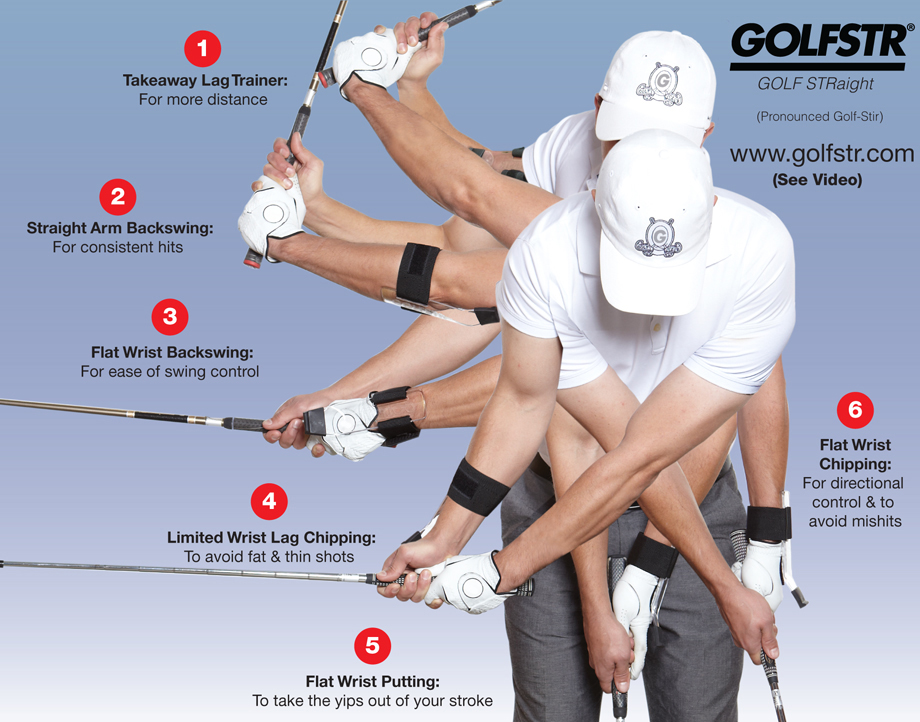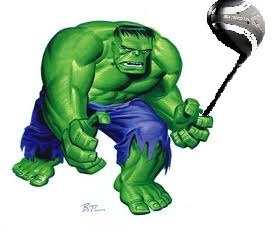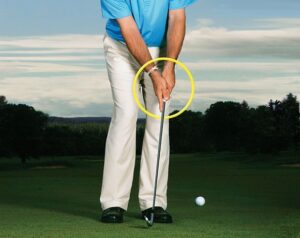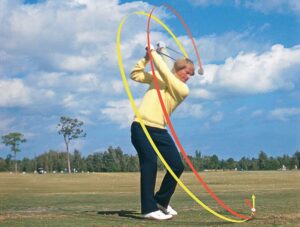In early September we moved our site to a new server. We did not realize that the move cut off access to our Store Page. This has been a very frustrating time but the site has now been corrected. You are now able to make your GOLFSTR+ purchases at /shop/golfstr/
Request for Endorsements on Amazon
We receive many testimonials and comments about the ways that GOLFSTR has helped improve your games and lowered your scores. We’ve upgraded GOLFSTR+ by adding a Rubber Extender and more Velcro to make it easier to use for all 6 swing fixes.
Michael Breed from the Golf Channel called me and complimented GOLFSTR as a wonderful “golf training aid with 6 swing fixes and it so easy to just slide in your pocket when you are finished your practice”. We have talked many times over the past 3 years as his endorsement would be ideal for GOLFSTR+. I do however need YOUR comments to build awareness.
ENDORSEMENTS ARE THE LIFE BLOOD FOR GOLF TRAINING AIDS: If you are one of the thousands of happy users who have improved your game with GOLFSTR+, we would really appreciate your help by adding a comment about your success on the AMAZON website.
If you have ever purchased any product on www.Amazon.com or www.Amazon.ca , you are able to log into that site and write a brief Review about any product:
1/ Enter the word GOLFSTR in the search window
2/ Click on the listing for GOLFSTR
3/ Scroll to down to Product Details (orange stars) and click on: Average Consumer Reviews
4/ Click on Write a Review to enter your comments.
Thank you for your assistance and interest in GOLFSTR+. Hope you are enjoying our weekly blogs.
Enjoy
Will Curry P.Eng, MBA Inventor & Manufacturer of GOLFSTR+

GOLFSTR+ is 6 swing training aids in 1 product. Practice daily to learn to swing with a straight leading arm and flat wrist for your full swing, chipping and putting. Also a great lag trainer. [CLICK TO ENLARGE]










